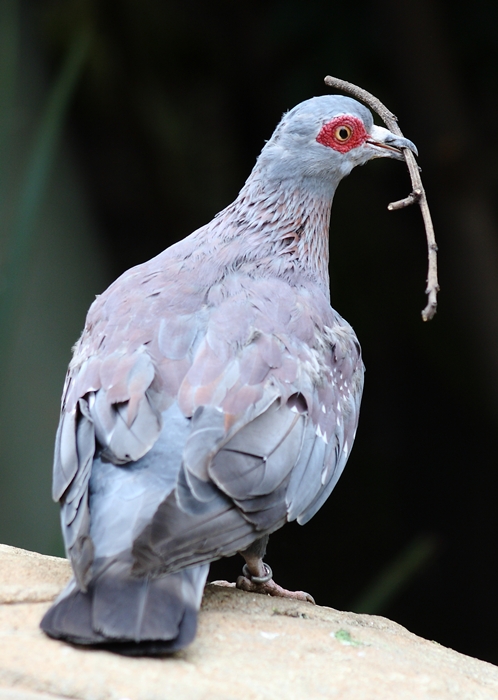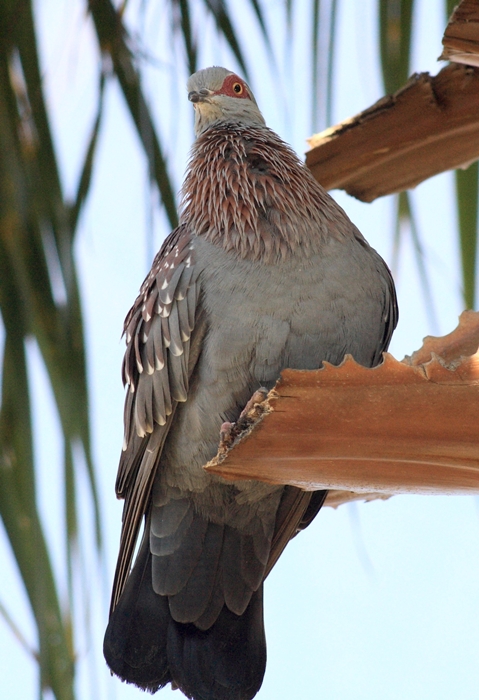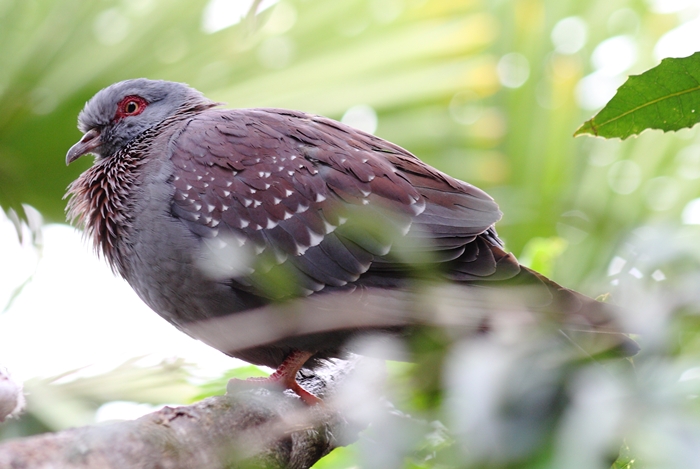We have a pair of Speckled Pigeons nesting on the roof of the house next door. Every afternoon we have seen them do their courtship ritual on our roof. This afternoon the light was perfect and I thought I would try and record this process for posterity.
Hubby on his way home from work singing " I'm in the mood for love."
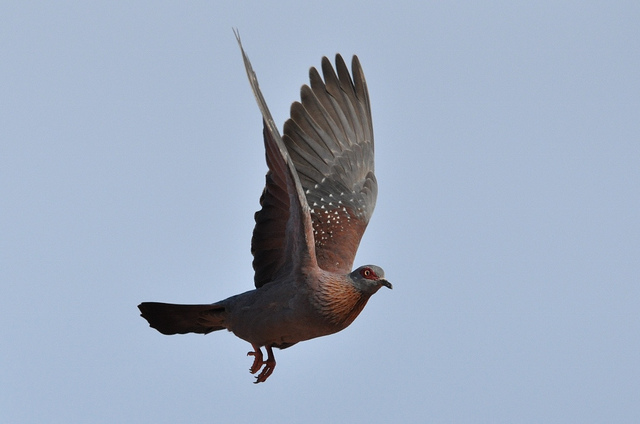
Honey I'm home.

A welcome home kiss.

A few whispered endearments.
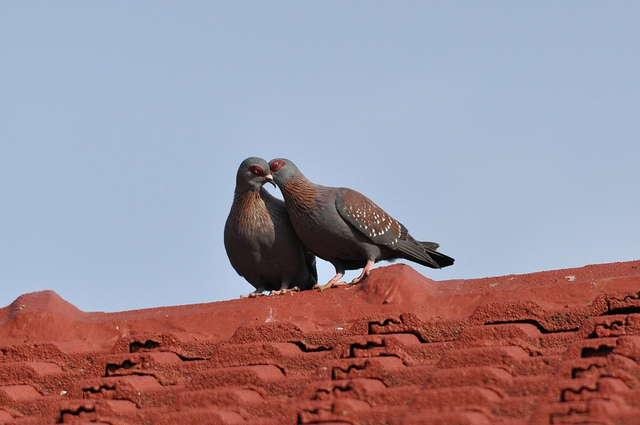
"Sweetheart, that is so embarrasing."
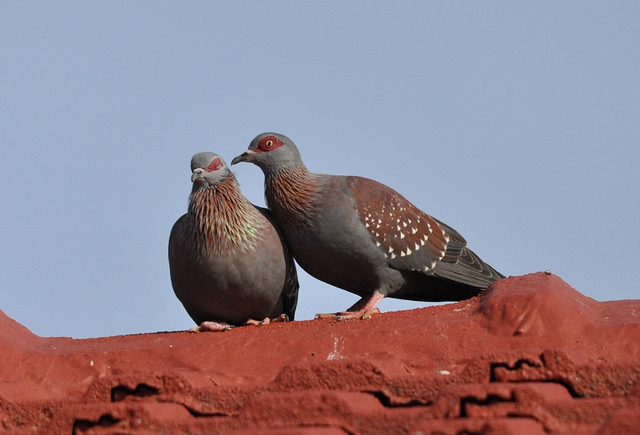
A couple of warm up exercises.
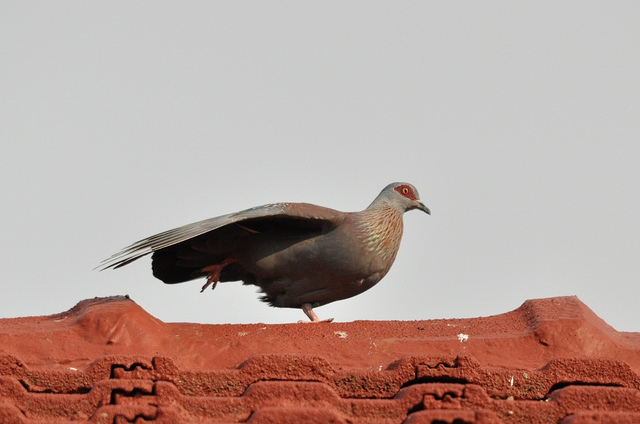
No comment needed any further - pictures speak louder than words.
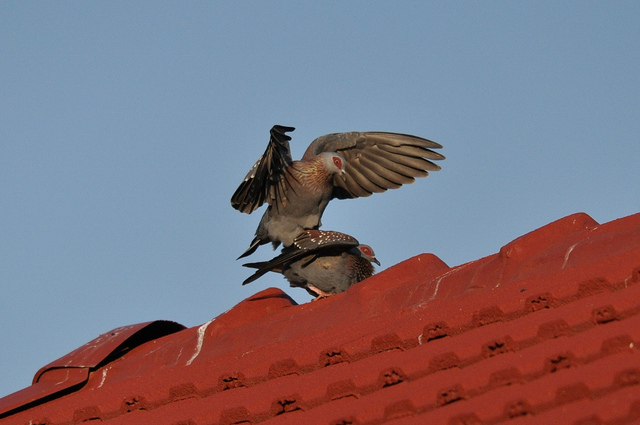

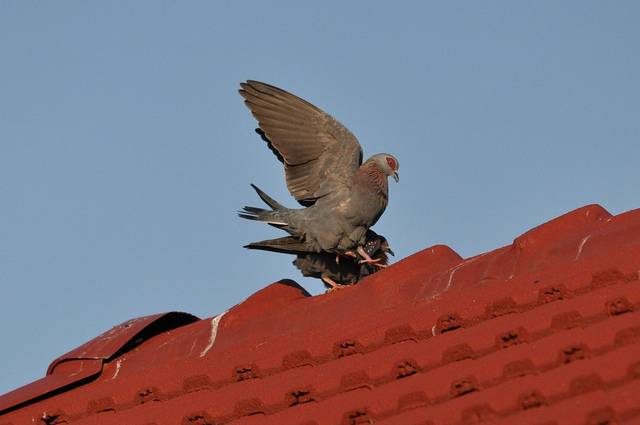
"Hope I did not hurt your back."




